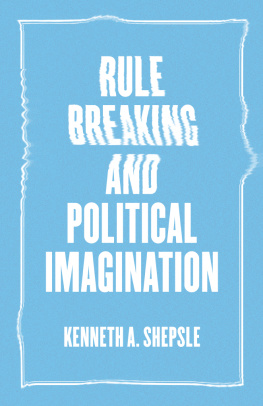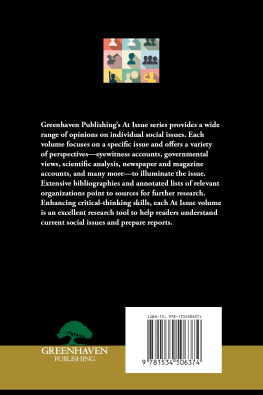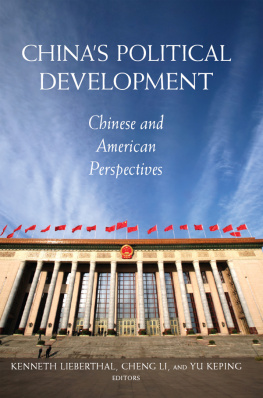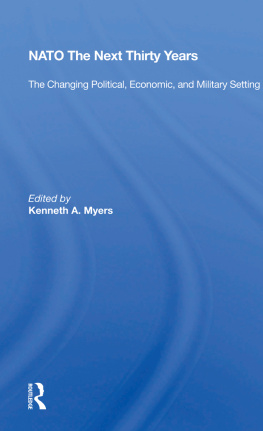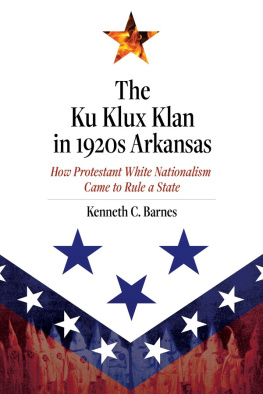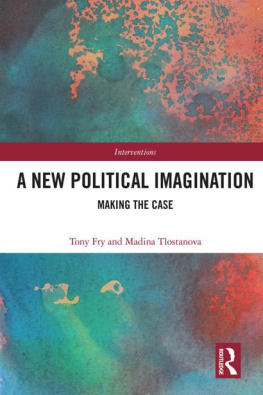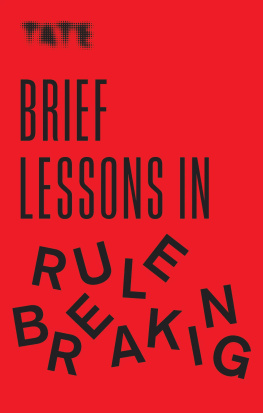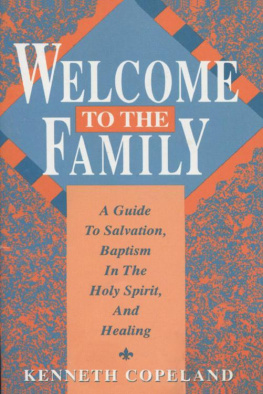Rule Breaking and Political Imagination
Rule Breaking and Political Imagination
KENNETH A. SHEPSLE
The University of Chicago Press
Chicago and London
The University of Chicago Press, Chicago 60637
The University of Chicago Press, Ltd., London
2017 by The University of Chicago
All rights reserved. No part of this book may be used or reproduced in any manner whatsoever without written permission, except in the case of brief quotations in critical articles and reviews. For more information, contact the University of Chicago Press, 1427 E. 60th St., Chicago, IL 60637.
Published 2017
Printed in the United States of America
26 25 24 23 22 21 20 19 18 17 1 2 3 4 5
ISBN-13: 978-0-226-47318-5 (cloth)
ISBN-13: 978-0-226-47321-5 (paper)
ISBN-13: 978-0-226-47335-2 (e-book)
DOI: 10.7208/chicago/9780226473352.001.0001
Library of Congress Cataloging-in-Publication Data
Names: Shepsle, Kenneth A., author.
Title: Rule breaking and political imagination / Kenneth A. Shepsle.
Description: Chicago ; London : The University of Chicago Press, 2017. | Includes bibliographical references and index.
Identifiers: LCCN 2016055629 | ISBN 9780226473185 (cloth : alk. paper) | ISBN 9780226473215 (pbk. : alk. paper) | ISBN 9780226473352 (e-book)
Subjects: LCSH: Political science. | Rules (Philosophy)Political aspects. | Parliamentary practice. | Filibusters (Political science) | Politics, Practical.
Classification: LCC JA71.S436 2017 | DDC 320.01dc23 LC record available at https://lccn.loc.gov/2016055629

This paper meets the requirements of ANSI/NISO Z39.48-1992 (Permanence of Paper).
For the generation after next:
Zora, Rosy, and Gavin
Know the rules well so you can break them effectively.
DALAI LAMA
Whats a constitution among friends?
BOSS PLUNKITT OF TAMMANY HALL
Contents
The present volume constitutes something of a departure for mea collection of brief illustrative essays on the subjects of rule breaking and strategic imagination. I have collected these stories over many years but mainly while on the faculty of the Department of Government at Harvard University for thirty years, a frequent visitor at the Hoover Institution of Stanford University, and as the Tommaso Padoa-Schioppa Visiting Professor in the Department of Public Management of Bocconi University in Milan, Italy, during the 201314 academic year. I am very grateful to these three institutions for their hospitality and support. A fourth institution that provided for a decade, and continues to provide, extraordinary intellectual stimulation is the Program on Institutions, Organizations, and Growth of the Canadian Institute for Advanced Research (CIFAR). I am also grateful to audiences at Harvard Law School, Bocconi (Milan), Juan March Institute (Madrid), University of Milan, University of Mannheim, Hertie School (Berlin), Kellogg School (Northwestern University), Washington University (St. Louis), University of Warwick (Coventry, UK), London School of Economics, Trento Festival of Economics, CIDE (Mexico City), Brookings Institution (Washington, DC), and the meetings of the Midwest Political Science Association for listening to some of my ideas.
I acknowledge many individuals who have contributed to my thinking about rule breaking and imagination, including John Aldrich, Stephen Ansolabehere, Torun Dewan, Morris Fiorina, Andrew Hall, Gregory Koger, David Mayhew, Maxwell Palmer, Andrew Ruttan, Matthew Stephenson, and Adrian Vermuele. I also acknowledge the profound influence of my mentor, teacher, and friend, the late William H. Riker, whose blend of history writing, storytelling, and analytical thinking has served as a model for this book in particular but more generally as an approach to scholarship I have always found attractive. I am especially grateful to Lee Alston and Barry Weingast for their careful reading of an earlier draft of this book and for their forthright, constructive criticisms and suggestions that have heavily influenced the final result. Finally, there is the unpayable debt of a half century of love, support, and commitment from my wife, Rise. Neither she nor any of the other people or places named above is responsible for the use I have made of their generosity.
Kenneth A. Shepsle
Cambridge, MA
This is a book of stories about institutions and how they sometimes fail to perform in ways we expect. Institutions have figured prominently in theories of politics of the last half century. But it wasnt always this way. Although qualitative political science in the first part of the twentieth century put a premium on the role and importance of institutions, World War II and its aftermath pushed institutional analysis to the sidelines. The behavioral revolution, with its emphasis on the measurement of individual attitudes and behavior, arose from the confluence of social psychology and novel quantitative methodologies, especially scaling and survey research. Stouffers classic, The American Soldier (1949), pioneered this approach. Individuals were the units of analysis, sometimes in isolation and other times embedded in a social or historical context.
Adapting these new methods to political topics, voting behavior and public opinion in particular, the behavioral revolution flourished as political scientists got better and better at measuring things about individuals and their environment. Modern political science was born in these years, but there was a growing sense that something was missing, that the behavioral revolution had wiped too much of the slate clean. For one thing, behaviorists provided few unifying principles for their descriptions, measurements, and hypotheses. Partially as a reaction to this theoretical vacuum, some postwar scholars in political science and economics began a new projectformal political theory (also called rational choice theory, positive political theory, public choice, and sometimes even the old and oft-used label political economy). Individuals remained the units of analysis in these inquiries, but there was little emphasis on their accurate portrayal; rather, they were conceived of sparsely in terms of their preferences over potential political outcomes and their beliefs about how outcomes are produced as the resultant of individual actions (i.e., how the world works). Preferences, beliefs, and actionsmere shadows of real individualsserved as theoretical instruments to derive and explain equilibrium patterns at the group or societal level. Thus, to cite five influential exemplars, Downs (1957) proceeded in this manner to explicate voting and party competition in elections; Riker (1962) to characterize winning and losing coalitions in settings of interpersonal conflict; Schelling (1960) to produce insights about mixed-motive situations consisting of both conflict and cooperation; Olson (1965) to explain success and failure in collective action; and Buchanan and Tullock (1962) to portray the consequences of different constitutional arrangements. Politics, in this view, came to be understood as the result of instrumental behavior in which rational individuals transformed their preferences and beliefs into optimal actions that, in turn, combined into aggregate empirical patterns. Formal theory became a tool for deriving expectations that could be examined empirically. It provided an explanatory narrative that had been missing in behavioral scholarship.
 This paper meets the requirements of ANSI/NISO Z39.48-1992 (Permanence of Paper).
This paper meets the requirements of ANSI/NISO Z39.48-1992 (Permanence of Paper).
